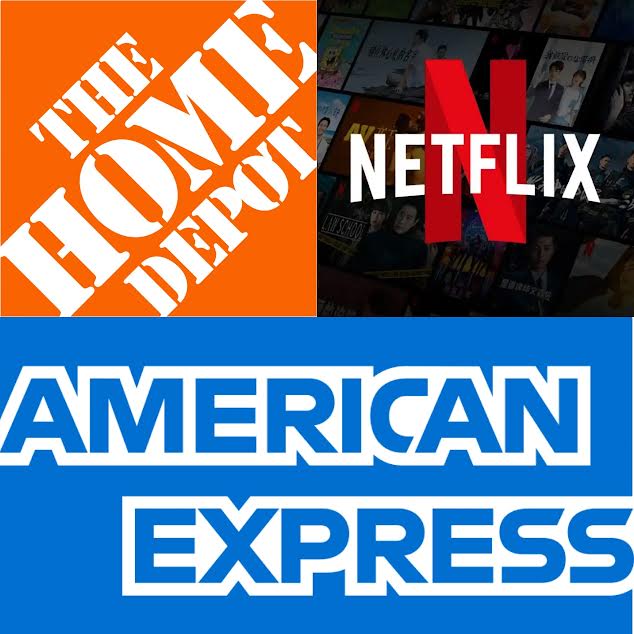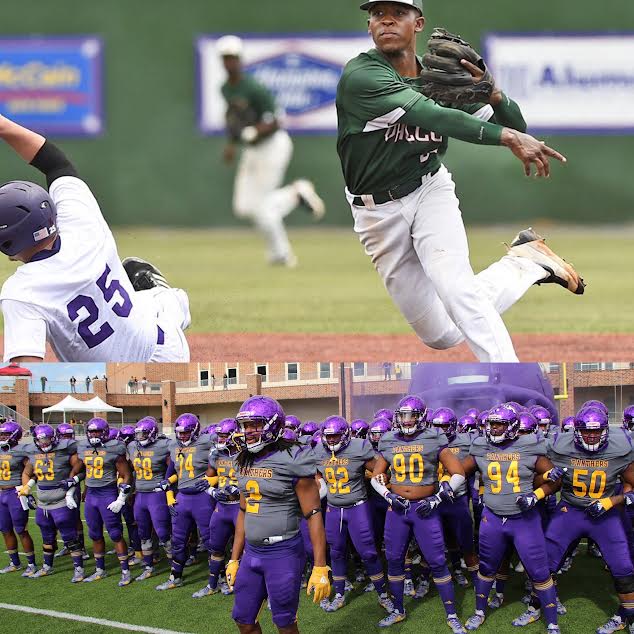We must accept finite disappointment, but never lose infinite hope. – Martin Luther King, Jr.

Arguably, there are not enough donations in 2022 to even warrant an analysis but we are going to give it a try. The acute analysis is that HBCUs and alumni are going to have to prioritize creating wealthier alumni and using their alumni associations to leverage more aggressive investment vehicles which may otherwise be out of bounds for the institutions themselves. It also speaks to giving real thought to policies and strategy that can assist in that wealth creation. Reducing student loan debt loads, reducing time spent in maturation, increasing financial literacy requirements, and more need to be among serious conversation in order to help alumni get on the footing to wealth in both speed and probability. Years like this have been far too many in the midst of also battling underfunding by state and federal government. Not to mention the outright assault PWIs have launched in recent decades of trying to out HBCU HBCUs for African Americans and other minority groups. Of the three companies (pictured above) responsible for the wealth that allowed these individuals to give their Million Dollar Gifts – none were African American owned firms and their combined market caps were over $600 billion – an amount that is almost 40 percent of African America’s entire buying power. Something else that needs to be strongly considered in the wealth development conversation among alumni and administrations. Why are our alumni not creating more firms that can lead to transformative wealth and what can we do to assist?
Overall donations to all colleges and universities were down significantly in 2022 dropping under 300 Million Dollar Gifts given for the first time since 2010. This seems to be a fairly direct correlation to the economy and stock market’s rough 2022. Given that most wealthy donors have major investments tied to business ownership and investments and the Federal Reserve putting forth monetary policy in 2022 that many argued slammed the brakes on the stock market, it is no surprise that wealthy donors deemed themselves quite skittish. And per usual, when America/PWIs get a cold, then African America/HBCUs get pneumonia as seen by only 3 Million Dollar Gifts finding their way to HBCUs. None from HBCU alumni. The median donation was 2 to 1 in terms of donor value and the average donation was 4.5 to 1 in terms of donor value between PWI MDGs and HBCU MDGs. 2022 also provided the very first $1 billion donation to a college or university with Stanford University receiving a $1.1 billion pledge from John and Ann Doerr (both whom are Rice University alumnus).
This is a concerning trend going into uncertain financial times for the U.S. economy in particular. Colleges overall do tend to pick up more students during recessionary times with people losing jobs many see it as an opportunity to go to school or back to school. Unfortunately, tuition revenue is already too much of what HBCUs rely heavily upon and those new students are not likely in any position to give Million Dollar Gifts in the near future. HBCU philanthropy as it pertains to Million Dollar Gifts operates largely on a lottery like reality both relying on hope and depending on those outside of the culture and outside the alumni bases. With the changing sands of higher education shifting beneath our feet the resources to see tomorrow grow urgent with every passing day.
$1 Million Plus Donations To All Colleges: 275
$100 Million Plus Donations To All Colleges: 14
$1 Million Plus Donations Value To All Colleges: $7.1 Billion
$1 Million Plus Median Donation To All Colleges: $10.0 Million
$1 Million Plus Average Donation To All Colleges: $25.9 Million
$1 Million Plus Donations To HBCUs: 3
$100 Million Plus Donations To HBCUs: 0
$1 Million Plus Donations Value To HBCUs: $17.0 Million
$1 Million Plus Median Donation To HBCUs: $5.0 Million
$1 Million Plus Average Donation To HBCUs: $5.7 Million
HBCU Percentage of Donations To All Colleges: 1.1%
HBCU Percentage of Donation Value To All Colleges: 0.2%
1. Arthur M. Blank (pictured) – $10.0 million
Recipient: Spelman College
Source of Wealth: Home Depot
2. Reed Hastings & Patty Quillin – $5.0 million
Recipient: Tougaloo College
Source of Wealth: Media & Entertainment
3. Kenneth Chenault & Kathryn Chenault – $2.0 million
Recipient: Howard University
Source of Wealth: Education
Source: Chronicle of Philanthropy





